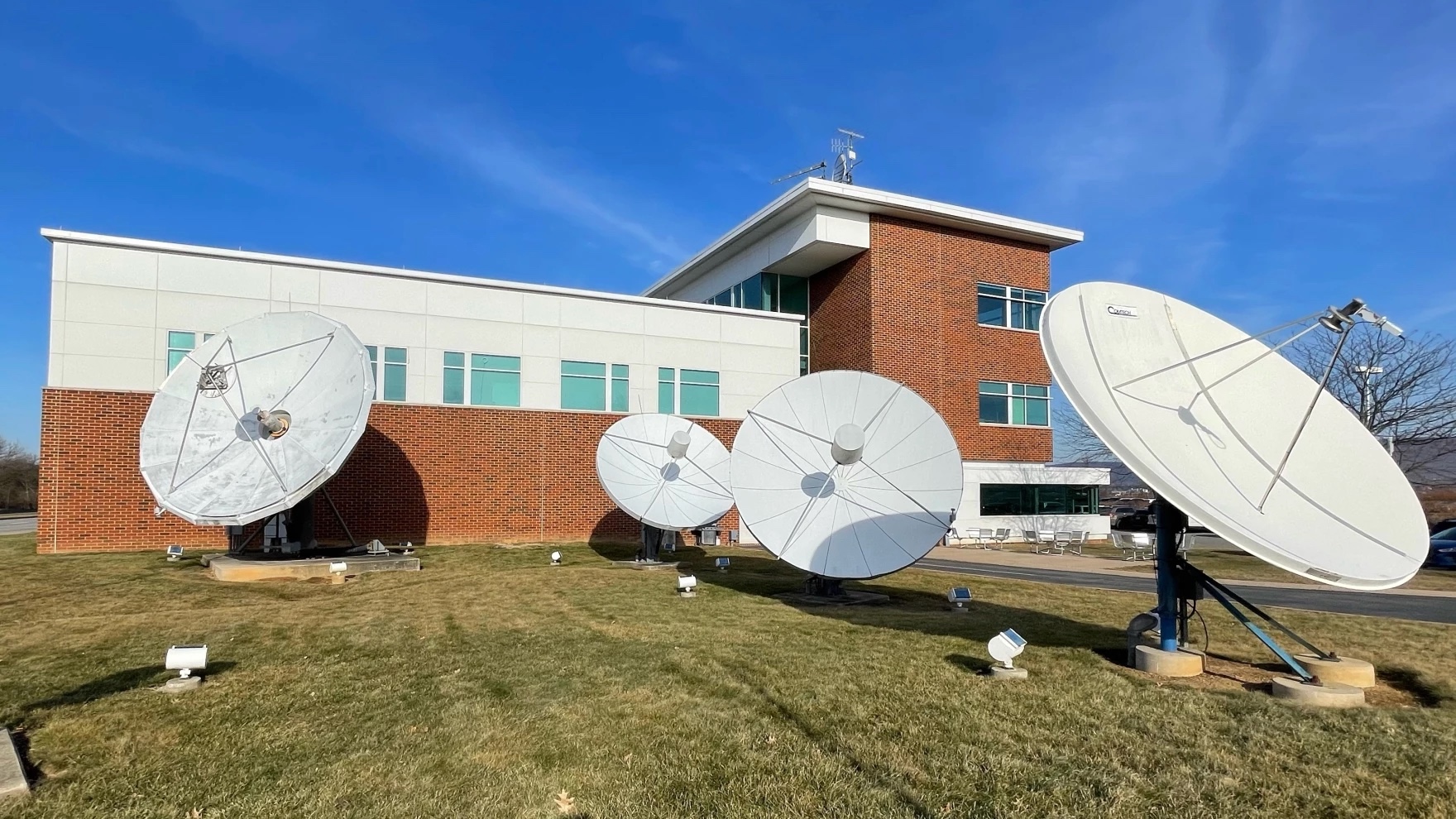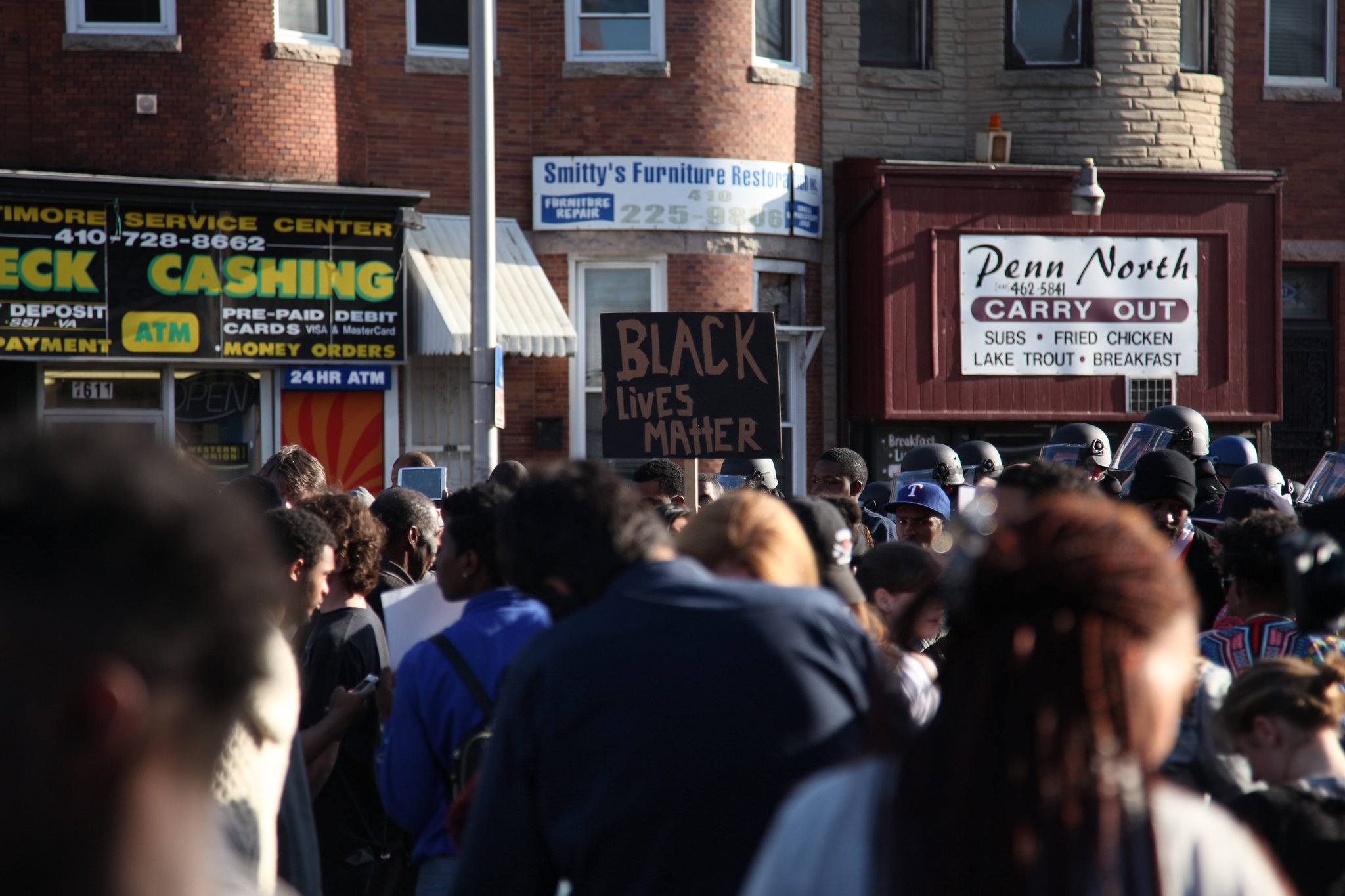N.Y., Philly stations to pick up NJN’s pieces
For 40 years New Jersey has justified having its own public broadcasting network by pointing to the limited reporting on its area by the Philadelphia and New York media. Now the state is moving to dismantle the New Jersey Network and entrust that reporting and its broadcast channels to public TV and radio stations in those two adjoining cities.
The state has notified the NJN staff of about 120 that their jobs will disappear at the end of June, and observers doubt that a majority of the legislature will stop the process for more discussion as it did last summer.
Republican Gov. Chris Christie, an emphatic budget-cutting former prosecutor, announced the new operators of NJN’s channels June 6, four months after the state asked for proposals:
- NJN’s four full-power TV stations and three lower-power translators will be operated by Manhattan-based WNET under a five-year contract, with the state retaining ownership.
- Four NJN radio channels in northern and central areas, including one in coastal Toms River, will be sold to New York Public Radio (WNYC/WQXR).
- Five NJN radio channels in South Jersey, including on the Atlantic City shore and in southern Jersey, will be sold to Philadelphia’s WHYY-TV/FM.
The governor was glad to remove NJN from the state budget, not only because its cost was “not sustainable” but also because of inherent conflicts of interest for a network that reports to elected officials. “In my view, that should have ended with the Soviet Union,” he said last week.
Under legislation proposed by Christie, the legislature can veto these plans if it acts by June 28, but observers don’t expect a majority to oppose budget-cutting and keep NJN intact.
“Despite some Democratic pushback today, there was no indication that the legislature will exercise its option to block the plan,” NJN News reported June 9.
Janice Sellinger, a longtime NJN producer who’s serving as acting executive director, credited her colleagues for continuing to cover primary elections and other news, including the NJN sale, with high professional standards.
It’s not clear whether the Communications Workers of America will have leverage to protect its members on the NJN staff. Patrick Cavanaugh, president of Local 1032, said last week that the union has filed a grievance, a court proceeding to enforce its labor contract, and a demand for collective bargaining.
State officials didn’t immediately announce the names of the unsuccessful bidders. The NJN Foundation, a nonprofit that raises funds for the state-owned NJN, submitted a bid for the TV network, according to Steve Priolo, acting executive director. The foundation wants to continue supporting public media in the state but has not decided how to do that, Priolo told Current. Montclair State University reportedly also bid for the TV stations.
A State Assembly committee chewed over the governor’s announcement in a hearing June 9 — focusing on the state network’s television side, the dominant, original, and best-funded part of NJN.
Neal Shapiro, WNET president, said the buyer would broadcast 20 hours of New Jersey programming a week, as the state requires, including a weeknightly half-hour newscast and good coverage of state government. “I’m here for one reason, which is I love public television,” he told Assembly members. “I come here because I do not want public television in New Jersey to go dark. . . . And what I offer is a plan to keep it alive.”
Though the New Jersey operation called NJTV will be run by WNET, it will have a Public Media New Jersey board composed of New Jerseyites, and its interim g.m., John Servidio, will be a resident of Montclair, N.J. Servidio is also g.m. of WLIW, which merged into the Manhattan operation 10 years ago.
Shapiro expects that consolidating the New Jersey operation will create efficiencies, as it did with WLIW. But the station predicts that NJTV will base a staff of 15 to 20 news, production and fundraising people in the state. In addition, it will acquire programs from independent producers, radio journalists, universities and other sources.
A major producer will be Caucus Educational Corp., which produced 140 hours of programming on WNET last year, he said. Caucus is headed by Steve Adubato Jr., a prominent interviewer, motivational speaker and former Democratic state assemblyman whose father is a major figure in Newark’s Democratic party.
Shapiro said NJTV’s nightly newscast, New Jersey Today, will be modeled after PBS NewsHour. Its in-depth coverage and interviews will contrast with NJN News, which has more field-produced packages. Union officials and NJN defenders predict the show will be dull, while Shapiro said field-produced reports are no longer high priority for public TV newscasts in places where local cable newscasts are satisfying viewers’ need for “rat-a-tat” stories.
WNET will have to raise money, Shapiro said. He estimates that WNET will spend $7 million to $9 million to run the New Jersey stations, of which $4 million will come under existing agreements: a Community Service Grant from CPB and lease income from NJN’s towers and other facilities. NJN has been operating on a budget twice as big, with about half coming from various state budgets.
The former NJN stations will carry a major economic handicap into their new incarnation: They carry only part of the PBS schedule because their signals in much of the state overlap with WNET’s and WHYY’s. Shapiro said national shows would be the wrong choice anyway. “The niche that NJTV has is local programming,” with some in primetime, he told Current.
Radio network will split
The sale of NJN’s nine FM stations was simpler and much lower-profile, partly because the later-created radio network delivers a 60-dBu signal to just one-sixth of the state’s population, not including Newark, Camden and other areas adjacent to New York and Philadelphia.
- For $2.8 million — $1 million cash and $1.8 million in noncash compensation — WNYC bought four stations in Sussex, Netcong (Morris County), Trenton and Toms River.
- For $1.5 million — $926,000 cash and $612,000 noncash — WHYY acquired five FMs in Manahawkin, Atlantic City and Cape May on the coast, plus the inland areas of Berlin and Bridgeton.
WNYC hasn’t determined plans for its stations, but Philadelphia-based WHYY expects to relay its present news/talk FM schedule through its new additions, according to spokesman Brian Rossiter. WHYY already covers New Jersey and Delaware issues as well as Pennsylvania news.
WHYY’s three stations on the shore will bring mostly new listeners. Its present FM signal doesn’t overlap theirs, Rossiter said.
In the areas that they cover, the radio stations altogether have a cume audience of 46,600, according to the state. That’s 3.2 percent of the population within their 60-dBu coverage areas.
WNYC and WHYY apparently heeded the appraisal of the stations conducted by BIA/Kelsey for the state. Based on sales of noncommercial radio stations last year, the appraiser estimated the stations were worth $2.98 per person in their 60-dBu contours, close to what the buyers paid.







